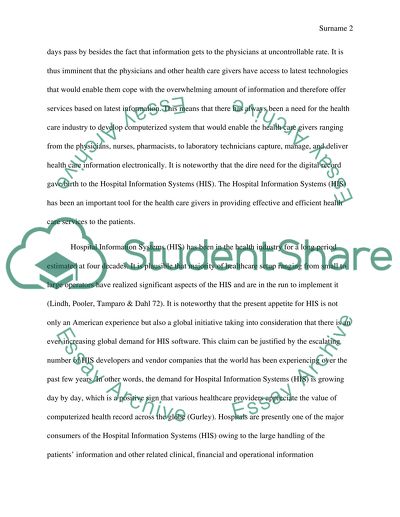Cite this document
(“Hospital Information Systems: Now and what the future holds Research Paper”, n.d.)
Hospital Information Systems: Now and what the future holds Research Paper. Retrieved from https://studentshare.org/information-technology/1448553-hospital-information-systems-now-and-what-the
Hospital Information Systems: Now and what the future holds Research Paper. Retrieved from https://studentshare.org/information-technology/1448553-hospital-information-systems-now-and-what-the
(Hospital Information Systems: Now and What the Future Holds Research Paper)
Hospital Information Systems: Now and What the Future Holds Research Paper. https://studentshare.org/information-technology/1448553-hospital-information-systems-now-and-what-the.
Hospital Information Systems: Now and What the Future Holds Research Paper. https://studentshare.org/information-technology/1448553-hospital-information-systems-now-and-what-the.
“Hospital Information Systems: Now and What the Future Holds Research Paper”, n.d. https://studentshare.org/information-technology/1448553-hospital-information-systems-now-and-what-the.


